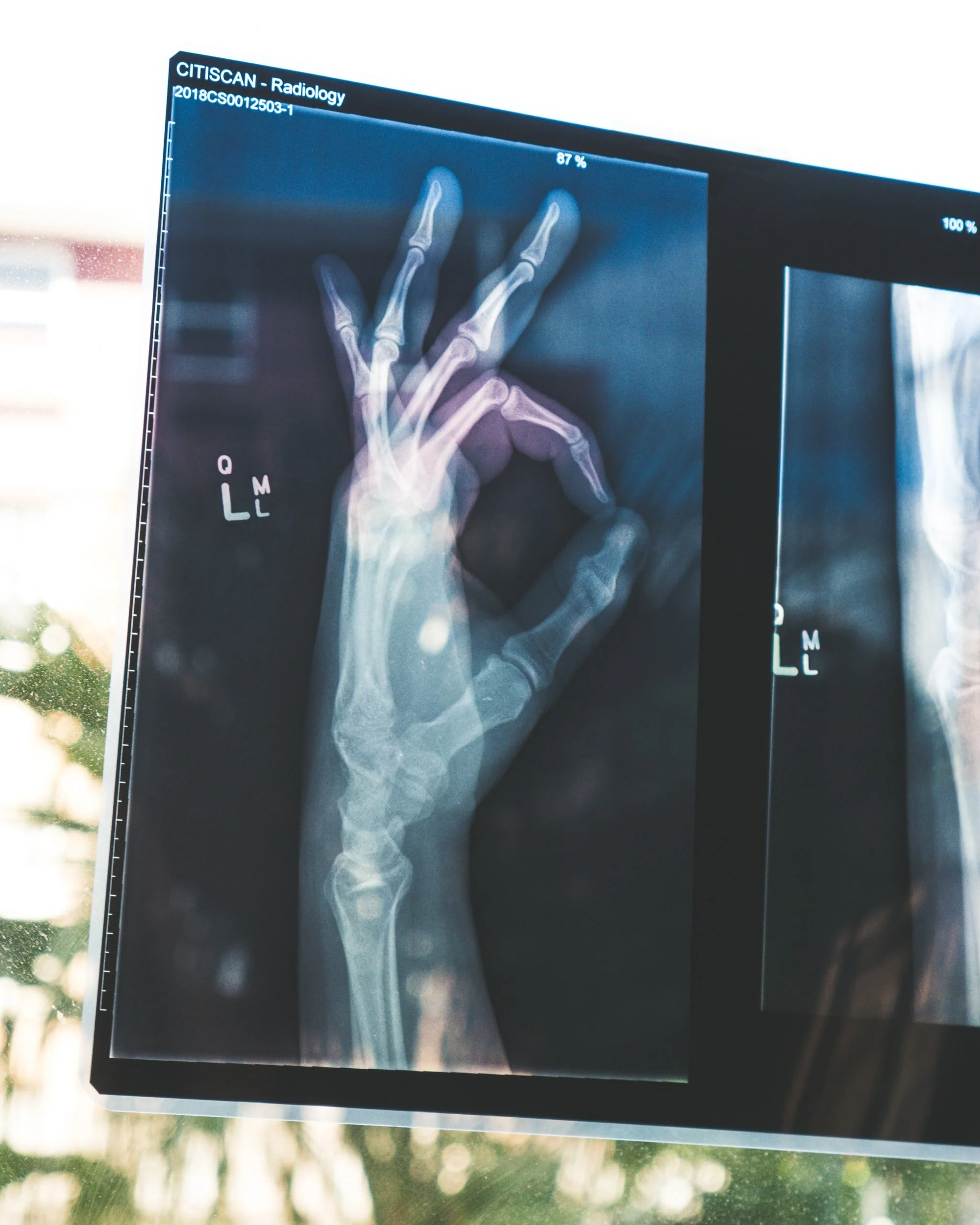As the nights draw in and the temperature drops, many people experience changes in their body with increased stiffness, aches and pain. This is a widely accepted phenomenon, with research suggesting that the decline in temperature and increase in air pressure causes the tendons, muscles, and surrounding tissues to expand. Everybody will react differently to the change in weather. However, those with arthritis and chronic pain are more likely to feel the effect of the cold on their joints. Despite this, there are several steps that you can take to reduce the risk of the cold causing joint issues.
Here are our top tips to combat those winter aches:
Keep Warm
Although this is easier said than done, you can ease the shock on your joints by dressing in layers, taking warm showers or baths, and warming your house and car. This will help to prevent your muscles from tensing up to combat the cold.
Eat Healthy
Comfort eating is a common occurrence in the winter months. However, this can lead to unwanted weight, which puts further strain on your joints, such as the knees. Instead, focus on eating a balanced healthy diet with plenty of fruit and vegetables, but don’t deny yourself the occasional treat.
Stay Positive
Evidence shows that having a positive outlook affects our pain levels. Therefore, as the winter creeps in further, focus on doing what you love, arrange to see friends and find the small pleasures in these winter months.
Keep Mobile
It is tempting to become less active during the winter. However, long periods of inactivity can increase joint pain and stiffness. Regular exercise will help build muscle to protect your joints from impact and strain, ease stiffness, help maintain bone density and improve your circulation. If you don’t want to brave the cold, there are many indoor activities that you can partake in, such as swimming, yoga or a simple mobility YouTube video.
Remember: The Woodstock Chiropractor has a YouTube channel with videos for lots of different stretches and mobilisation techniques to keep you moving.








